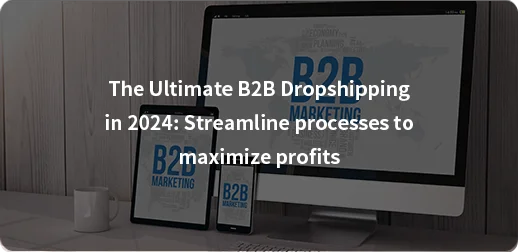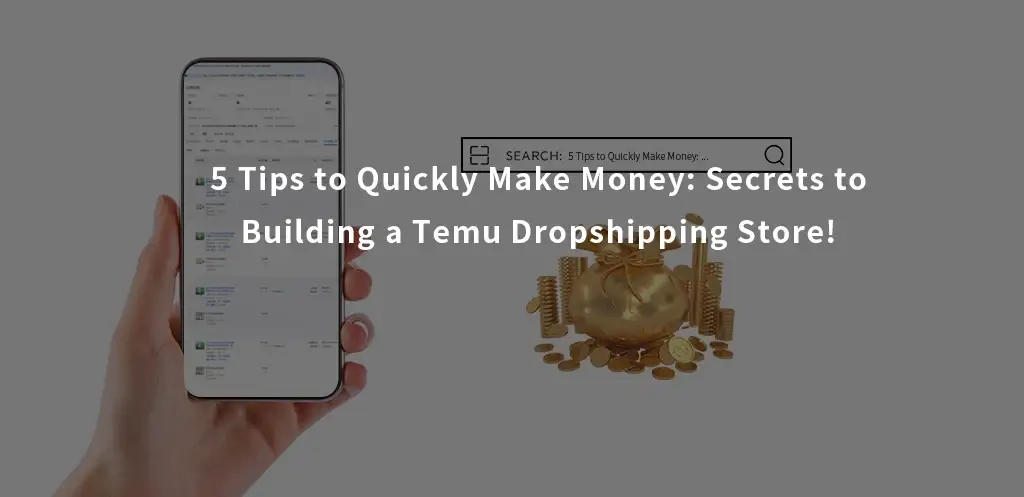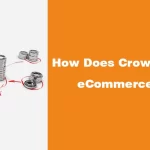Remember when you opened your first WooCommerce store? You were probably so excited to start your online business and see how far you can go with it.
Well, now that you have found so much success, you deem it important to expand and open one or two more stores online.
That’s awesome! But, while the benefits of opening more stores may be apparent, you may start second-guessing yourself after all, opening and building your first store to the success it is now was no easy task.
Managing a second store will definitely not prove any easier.
While this is true, there are entrepreneurs who run multiple stores successfully. What’s their secret? Nothing special. They just know the best practices and have access to the right tools and I’ll be sharing all these tools and secrets with you in this article.
So, do not fret, just read on and take notes.
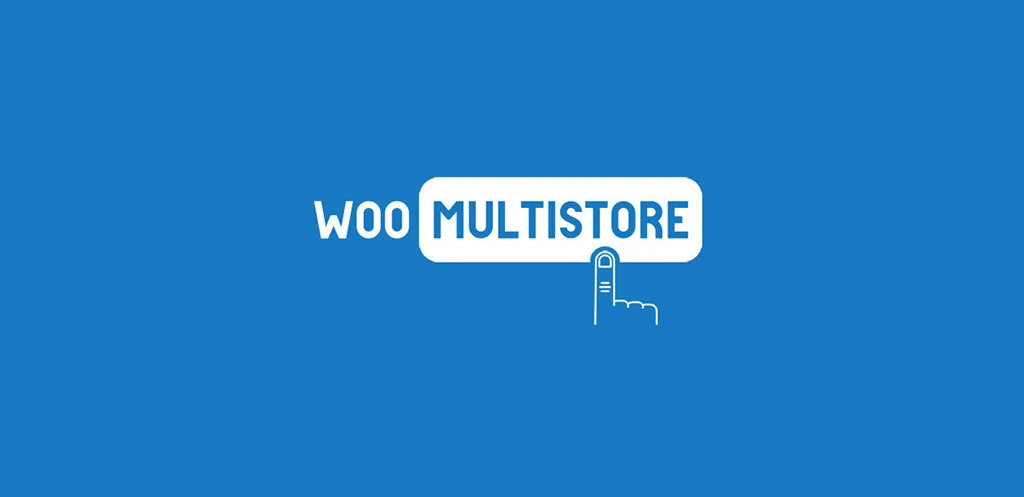
Why Choose Multiple WooCommerce Stores?
If you had a physical shop and started doing well, you would most likely want to open a second branch and later open even more locations.
What about online stores? Can you also ‘open’ a new online store?
Well, WooCommerce allows this. WordPress, the parent company of WooCommerce allows for the creation of various websites that run on a single domain.
This way you can create as many sites as you want and manage their logistics from one admin panel.
So, if you have too many products that just make no sense to be sold from the same store, you can create stores to handle groups of products that go together.
For example, you can have a store focused on baby items (toys, baby food, diapers) then another on clothing and apparel, and yet another store for furniture.
You will also be able to customize certain sites to certain countries or regions if you decide to open an international store.
That store can be customized to the language of the region, the products will be displayed in the local currency, your marketing will be tailored and even the products you display will be what they are interested in.
The Challenges of Multistore Product Management
Owning multiple stores can be a great advantage over those who do not, but it does pose its own set of unique challenges.
- Keeping a watchful eye over your inventory is a very important part of having a multistore. Usually, your various stores get their orders sourced from one location, your warehouse.
In the event your customers order from various stores in massive amounts, your inventory may not be able to handle them successfully.In fact, some of the orders may turn to backorders since you no longer have them in storage.
- Maintaining consistency across the various stores: The experience your customers get from one store should be the same or at least similar to other stores. This can prove difficult and time-consuming to do.
You’ll need to ensure that your products are getting constantly updated for discounts, price modifications, adding new products, and removing old ones, and this has to happen across all stores as any disparity in prices or available products could be a blow to your brand identity.
Some other challenges include managing:
- Overheads
- Shipping
- Customer Support
- Store Appearance
- Marketing
How to Manage Multiple WooCommerce Stores
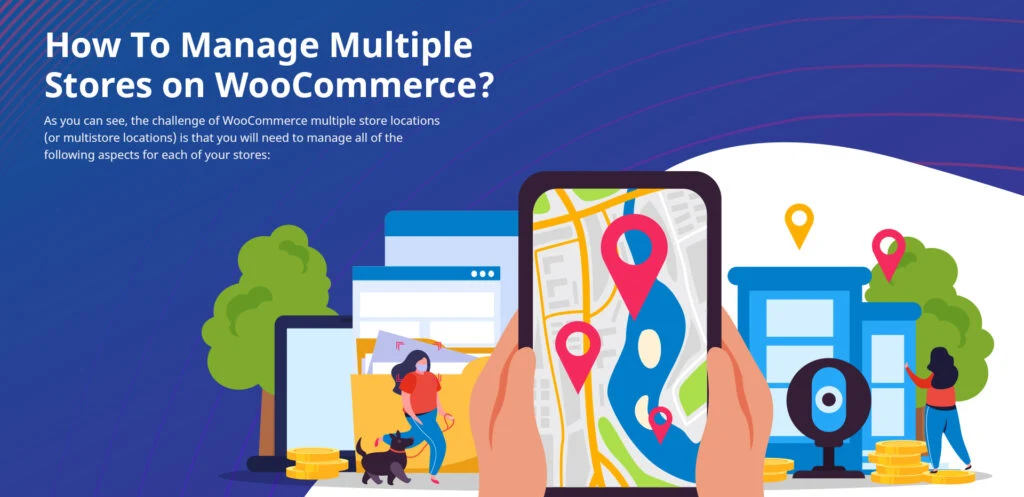
As I said earlier, managing multiple WooCommerce stores efficiently boils down to adopting the right methods and practices and using the right tools.
So, firstly, I’ll give you the best methods and practices you can use, then show you the right tools to use.
But first, let us talk about setting up a WooCommerce Multisite:
To start your WooCommerce multistore, choose the method that fits you best. You can create multiple stores in WooCommerce in two ways:
The first option is to utilize a WordPress multisite install. With this option, all added stores will share the same host and server.
Another option is to perform multiple installations. While you get to run multiple sites, each of your stores will need to have its own host and server.
Both methods are effective for adding multiple eCommerce stores.
However, generally, the multisite installation process is much simpler. It streamlines everything related to running your store, from login to inventory management, taxes, shipping, analytics, and more.
So, for the rest of this article, I’ll be assuming you are using the first option.
Best Practices
- Hire people: Yes, I know, hiring more hands for your business will require more money but, as the old saying goes, you need to spend money to make money. Handling different stores is no easy feat, you need help.
Start by laying out all the procedures and operations your store will be putting in motion.
From there, you can identify all the jobs and responsibilities your business will need like store management, marketing and administration. Then you hire people to fill these roles.
Once you have hired these people, you will need to immediately set up an organisational structure so people can know their jobs and not interfere with one another.
Setup the business’ hierarchies, and use management tools like the WooCommerce Multistore plugin (more on this later) to give your administrators and customer support staff a centralized dashboard they can use to access the data from all your stores like orders, product descriptions, feedback and returns.
- Optimise your stock and product management: Now, you will need to manage your stock. It is very easy to lose track of your inventory when handling various stores.
When customers order the same product from different stores, your inventory could run out real quick so you will need to pay close attention to that.
One way you can do this is to divide your inventory amongst your stores and state how many units are available for each store.
Also, ensure your store managers keep each product page up to date for the units available.
You’ll also want to make sure your product descriptions, pricing, and discounts are consistent across stores pushing the same products.
- Run promotions across all your stores: It’s all about strategy and creating campaigns that connect with different kinds of people.
When you sync up your promotions, you make sure everyone hears the same message, which helps them remember your brand.
Whether you’re sending emails, posting on social media, or running sales in specific stores, having a clear plan makes customers see your brand in a better light and buy more from all your WooCommerce stores.
- Work on your customer engagement: To ensure your customers enjoy an amazing experience across all your WooCommerce stores, you’ll need to engage customers regularly and effectively.
You can work with the customer segmentation tools WooCommerce provides to group customers based on their behavior, preferences, or past purchases.
This unified approach can increase customer loyalty and ultimately improve your sales.
- Monitor performance across all stores: To manage multiple stores well, use business analytics. Keep track of customer behavior, sales trends, and how each store is performing.
Set specific KPIs for each store, like sales data and conversion rates and make sure they are met. This will help you understand their performance and profitability better.
You can then use this information to plan growth strategies for your business, improve its marketing, and allocate resources effectively to enhance each store in your WooCommerce network.
The Right Tools
- Woo Multistore
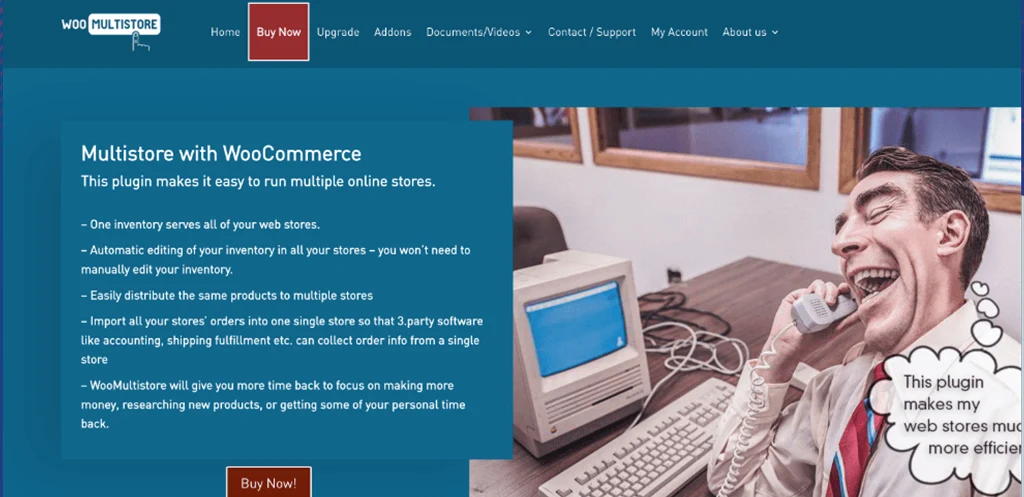
Woo Multistore is considered one of the best WooCommerce multistore plugins. It simplifies managing multiple eCommerce stores by providing a central inventory.
After each order, it automatically updates from a single cart, ensuring smooth stock synchronization.
You can also import all your store’s orders into a central database making it simple for any third-party software you use for shipping, stock management, accounting, and more to access and work with the data.
This plugin allows you to publish your products across your many stores, manage inventory, export orders, and oversee order management.
It saves you time, letting you focus on other value-adding tasks while you are rest assured that the essential processes for your business are taken care of.
- Veeqo
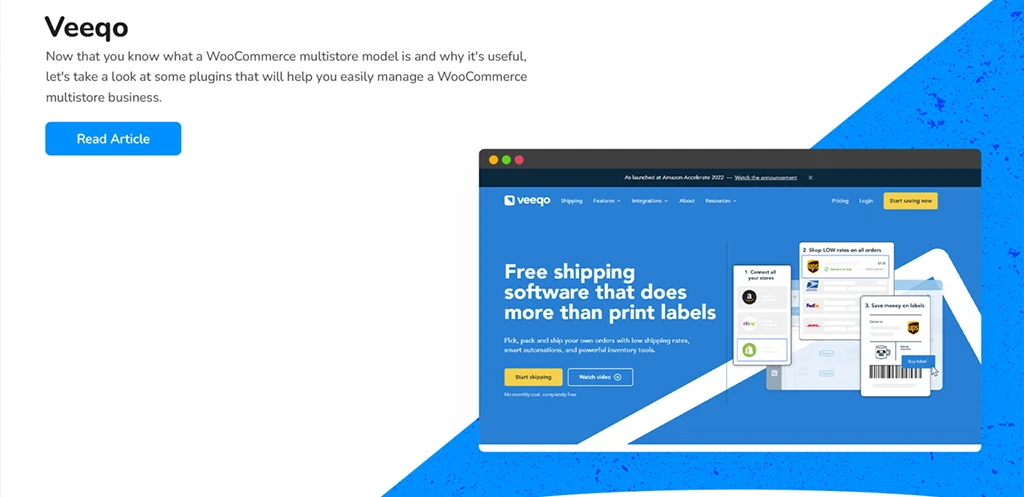
If Woo Multistore is not for you, another option is Veeqo. Veeqo is an inventory management software designed to handle your multistore locations.
It’s equipped for inventory management, order management, shipping, and forecasting reports, making it a comprehensive solution for your needs.
The platform stands out for its ability to directly integrate with popular e-commerce platforms like Shopify, Magento, and Amazon.
The Veeqo website states that the plug-in can seamlessly integrate with over 21 e-commerce platforms, marketplaces, shipping carriers, third-party logistics providers, POS systems, and accounting software.
Veeqo handles orders from all your WooCommerce multistore locations by syncing with thei inventory of your stores. Plus, order statuses are automatically updated once you complete an action.
You can try Veeqo for free for 30 days without needing to provide any credit card information. After the free trial, you’ll need to sign up for a monthly package, which ranges from £120 to £200.
- WooCommerce Multi Warehouse Inventory
Using this plugin, you can establish multiple warehouse locations to store and manage your products.
The advantage of having multiple warehouses is the ability to monitor stock levels for each warehouse separately.
Plus, you can reduce shipping costs by matching warehouses with specific delivery regions.
Additionally, WooCommerce Multi Warehouse Inventory allows your customers to choose where they want their product to be delivered.
Plus, the plugin’s smart inventory management updates stock across all locations from one dashboard.
- WooCommerce Multisite Duplicator
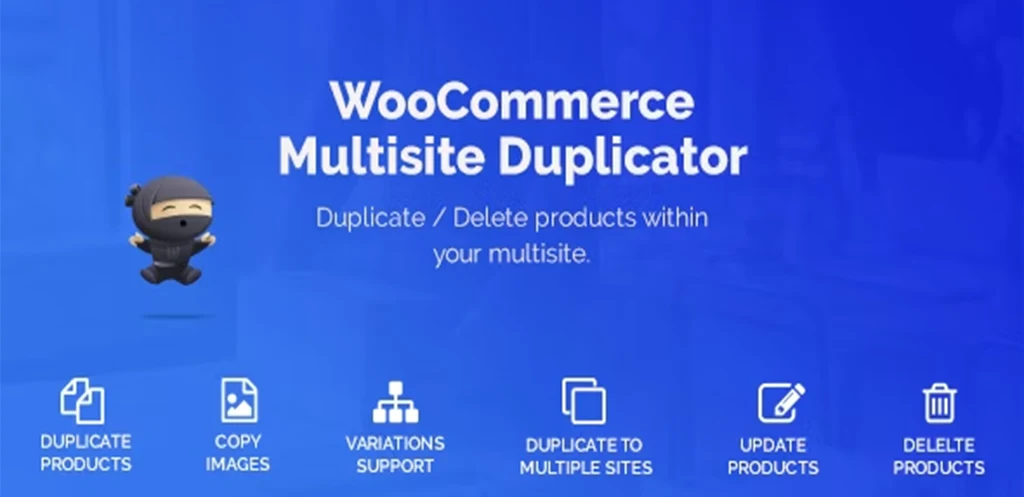
Managing hundreds of thousands of products across numerous stores can be incredibly tedious if you have to add or remove them individually.
This handy plugin makes your life easier by allowing you to create or delete copies of your products across your entire multisite network.
This plugin includes many useful additional tools to simplify the setup of your extra site. For example, you can:
– Duplicate products to another site.
– Copy product images and text.
– Remove products from all sites.
– Update products from a central hub.
– Manage SKU stock quantity.
- WP Global Cart for WooCommerce
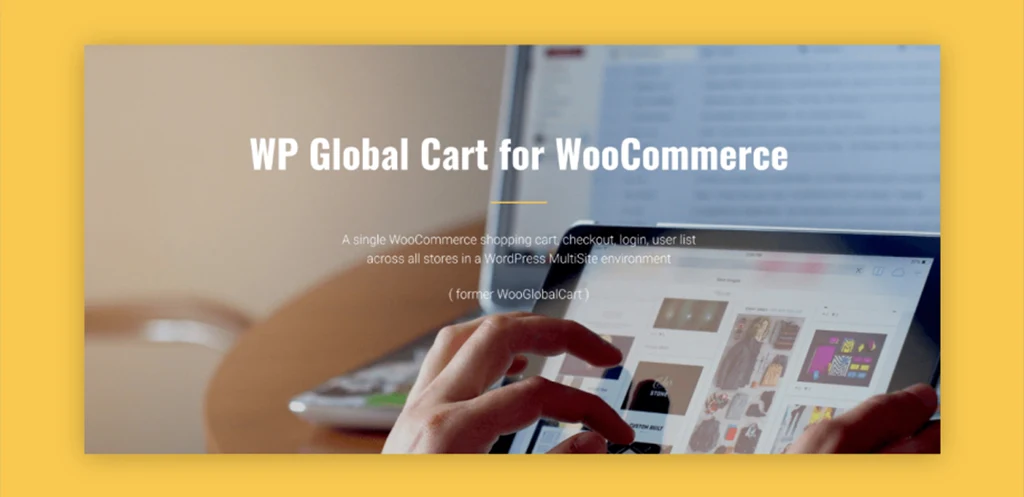
The WP Global Cart Plug-in brings together all your stores in your multistore network with a single cart and checkout process.
This means your customers can add products from any store into one cart, making their shopping experience smoother since they won’t have to fill multiple carts or go through multiple checkout screens.
The plugin’s simple setup makes it appealing to newcomers to WooCommerce. Plus, if you encounter any problems, you can always find help in the documentation articles and videos provided for WP Global Cart.
Conclusion
So, we have been through the best practices and best tools for you to properly manage multiple WooCommerce stires.
Doing this manually can get strenuous and challenging but, thanks to the automation these plug-ins and tools provide, all that stress no longer exists.
Now, as your stores attract more and more customers, you will need to focus on handling things like shipping, warehousing, and returns.
While you could of course do this manually, as you might have noticed in this article, it is better to automate whatever can be automated in your online business.
Globallyfulfill is my choice for you when it comes to third-party logistics providers. If you are into the business of clothing and apparel, Globallyfulfill provides a huge variety of tools, products and packages you can take advantage of to give your customers a seamless and comfortable delivery experience.





